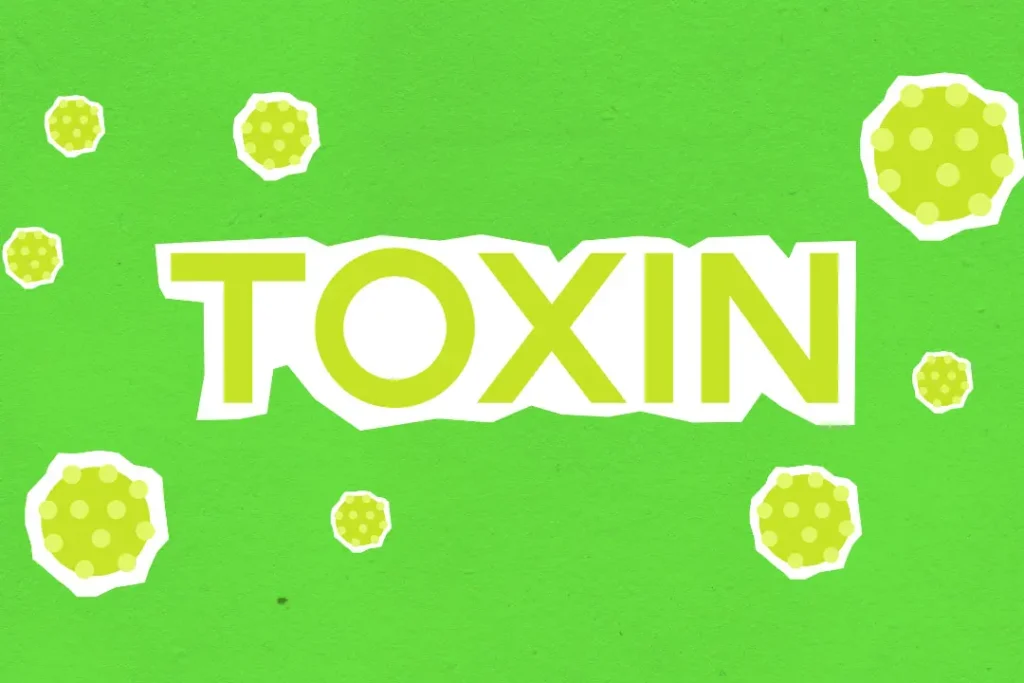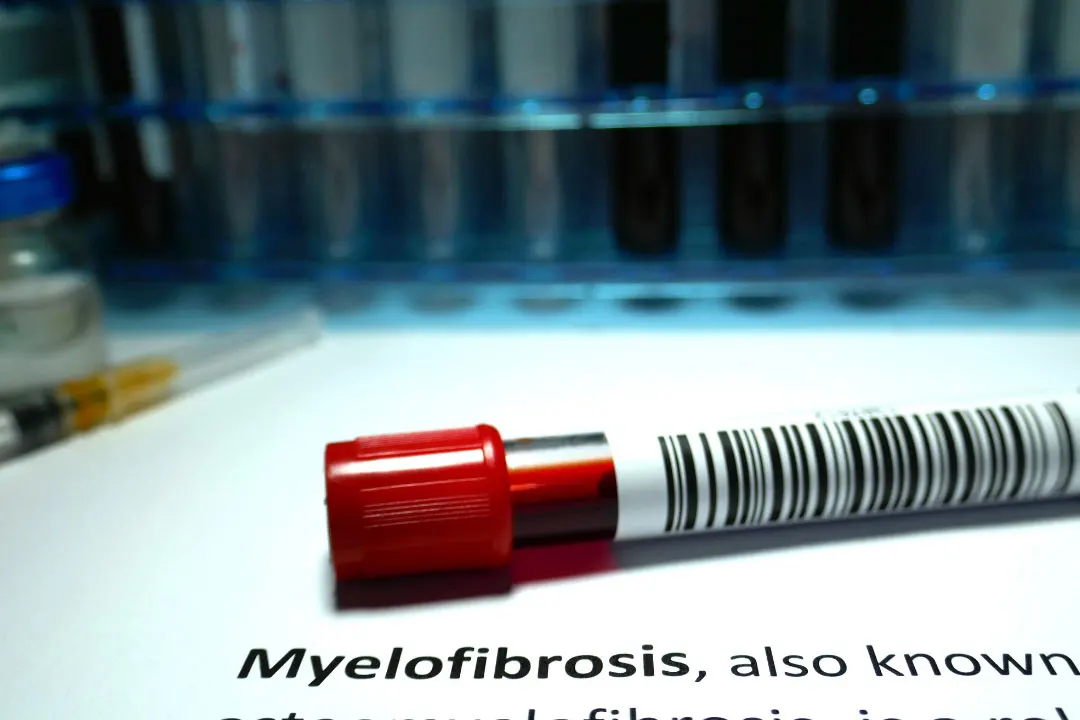Description
Due to its rarity, autoimmune myelofibrosis represents a complicated hematologic disorder that is still poorly understood. It develops while the immune system erroneously assaults and kills properly functioning bone marrow cells, causing a buildup of fibrous tissue and a reduction in the generation of functional blood cells. Fibrous tissue infiltrates the bone marrow during autoimmune myelofibrosis, altering its original structure and function. As a result, the platelets or thrombocytes, leukocytes, and red blood cells or erythrocytes are compromised. The most common symptoms associated with this disorder is anemia, recurring infections, tiredness, unexplainable bleeding, and splenomegaly. Autoimmune myelofibrosis can affect anyone at any age, but middle-aged and elderly people are more likely to develop it.
You May Also Like:
Make the Perfect Plant Based Protein Shake: The Top 7 Tips
Finding the Best Low Calorie Protein Powder: 5 Top Brands Reviewed
Autoimmune Myelofibrosis: Description, Causes, And Treatment Protocol is an original (HealthXWire) article.
Possible Causes
It is unclear what exactly causes autoimmune myelofibrosis. Nutritionists speculate that environmental, genetic, and immunological factors working together cause autoimmune myelofibrosis. Although the study is ongoing, there are numerous reasons and contributing elements:
Immune System Deregulations: Autoimmune myelofibrosis occurs when the immune system inappropriately views normal bone marrow cells as foreign invaders, leading to their attack. By impairing the bone marrow’s ability to produce blood cells normally, this immune system malfunction causes inflammation and fibrosis.
Genetic Predisposition: Existing data suggests autoimmune myelofibrosis may be influenced by specific hereditary variables. You might have an increased risk of acquiring the syndrome if you have any autoimmune diseases or hematological problems in your family.
Viral Infections: According to some studies, autoimmune myelofibrosis may be brought on by or made worse by viral infections. Viruses can cause an aberrant immune response that kills bone marrow cells and causing fibrosis.
Autoimmune Response: In autoimmune disorders, the immune system of the body destroys its own tissues, as is the case with autoimmune myelofibrosis. There is still some debate over the precise cause of this immunological reaction within the bone marrow.
Environmental Factors: The onset of autoimmune myelofibrosis may be correlated with exposure to specific environmental pollutants, chemicals, or other outside sources. However, particular causal agents are still not firmly identified.
Immunological Imbalance: The fibrosis and reduced blood cell generation observed in autoimmune myelofibrosis may be caused by an imbalance of the synthesis of several growth factors and cytokines within the micro-environment of bone marrow.
Other Autoimmune Conditions: A number of autoimmune conditions, including systemic lupus erythematosus (SLE), rheumatoid arthritis, and Sjögren’s syndrome, have been reported to have a correlation with autoimmune myelofibrosis. This may point to the same underlying etiology.
Exacerbating and Mitigating Factors
The development and treatment of autoimmune myelofibrosis are significantly influenced by aggravating and moderating factors. For patients and medical professionals to understand the disease better and create efficient treatment regimens, these factors must be identified. The main contributing and mitigating elements to autoimmune myelofibrosis are listed below:
Medications: Some medications can cause or exacerbate autoimmune myelofibrosis, particularly those that have the potential to impact the immune system. These could consist of immune-suppressing pharmaceuticals, particular antibiotics, and antiviral agents.
Chronic Stress: Stress for an extended period of time can harm the immune system, causing immunological dysregulations and an increase in inflammation. Chronic stress can aggravate the autoimmune response in your body if you have autoimmune myelofibrosis, further harming the bone marrow and exacerbating the condition.
Infections: Immune system stimulation and an intensified autoimmune response are two causes of infections. The development of autoimmune myelofibrosis may be sped up by persistent or repeated infections.
Genetic Predisposition: A hereditary predisposition to autoimmune disorders can raise the risk of developing autoimmune myelofibrosis, while the precise genetic elements contributing to the syndrome are unclear.
Environmental Toxins: Autoimmune myelofibrosis can develop or worsen as a result of exposure to environmental contaminants like pesticides or pollution. These poisons have the potential to impair immunity and lead to the death of normal bone marrow cells.
Mitigating Factors:
Treatment Compliance: Effective management of autoimmune myelofibrosis depends on adherence to the recommended treatment schedule. Treatment outcomes can be enhanced by adhering to the prescribed medication schedule and scheduling your routine doctor visits.
Stress Management: Techniques for managing chronic stress, including meditation, mindfulness, and relaxation exercises, can assist in lessening the effects of stress on your immune system.
Healthy Lifestyle: A healthy lifestyle can have a positive impact on how autoimmune myelofibrosis develops. A balanced diet, regular exercise, and plenty of sleep can promote general health and help with disease management.
Supportive Care: Your overall way of life and general health can be greatly improved with appropriate supportive care, which includes treating pain, resolving dietary deficits, and managing infections.
Early Detection and Treatment: To stop disease development and reduce potential complications, prompt diagnosis and proper therapy must be followed.
Avoidance of Triggers: The possibility of autoimmune myelofibrosis worsening can be decreased by recognizing and staying away from potential triggers, like specific drugs or environmental pollutants.

Standard Treatment Protocol
Symptom relief, increased blood counts, and an improvement in your general quality of life are the main goals of treatment for autoimmune myelofibrosis. Various factors, including your age, general health, and the extent of the disease, will affect the particular treatment strategy. The standard therapy for autoimmune myelofibrosis includes the following components:
Corticosteroids: If you are suffering from autoimmune myelofibrosis, you may also frequently get corticosteroids like prednisone or prednisolone. Corticosteroids have immunosuppression properties that prevent the immune response from destroying normal bone marrow cells. These medications can aid in the reduction of inflammation and stop additional bone marrow damage, which will enhance the creation of blood cells.
Immunosuppression Agents: To manage the autoimmune reaction, immunosuppression medications other than corticosteroids may be used . Drugs like azathioprine and cyclosporine can suppress the immune system, lessening the assault on the bone marrow while possibly even boosting blood cell counts.
Androgens: If you are experiencing autoimmune myelofibrosis, you may be an elligible candidate for androgen therapy, including danazol. In certain circumstances, androgens can increase the synthesis of red blood cells and treat anemia.
Blood Transfusions: To maintain acceptable hemoglobin levels and enhance your general health if you have severe anemia brought on by reduced red blood cell formation, regular blood transfusions may be necessary.
Hematopoietic Stem Cell Transplantation (HSCT): When various therapies have failed to control serious instances of autoimmune myelofibrosis, HSCT may be an option. To encourage normal blood cell synthesis, this method includes replacing the damaged bone marrow with some healthy stem cells. Nevertheless, HSCT is a difficult and dangerous treatment, and whether it is appropriate for you, it depends on your age, general health, and the accessibility of an appropriate donor.
Supportive Care: The treatment of autoimmune myelofibrosis must include supportive care. This includes correcting dietary deficiencies, controlling infections, reducing pain, and promoting general health. To ensure holistic supportive care, you must collaborate closely with the medical team.


Treatment Options
Although the traditional management strategy for autoimmune myelofibrosis represents the cornerstone, certain adjunct medicines have been investigated as viable alternatives to standard medications that are as follows:
Prescription Medications:
- Thalidomide and Lenalidomide
Thalidomide and lenalidomide are immunomodulatory medications that have shown promise in treating a number of autoimmune diseases. They might be useful in addressing autoimmune myelofibrosis. Due to possible side effects, their use needs to be carefully considered.
- Janus Kinase (JAK) Inhibitors
Ruxolitinib is a JAK inhibitor that has shown potential in treating autoimmune myelofibrosis. They function by inhibiting specific immune system and inflammation-related enzymes, lowering bone marrow fibrosis, and enhancing blood counts.
Over-the-Counter Formulations:
- Nonsteroidal Anti-Inflammatory Drugs (NSAIDs)
The pain and inflammation brought on by autoimmune myelofibrosis can be controlled with NSAIDs. Nevertheless, due to the possibility of interactions with other drugs and the possibility of side effects in the gastrointestinal tract, close attention should be used.
Nutritional Supplements: The following dietary supplements can be used as supplemental treatments if you have autoimmune myelofibrosis:
- Vitamin B12
Vitamin B12 supplements can reduce anemia symptoms and boost energy levels.
- Folic Acid and Iron
Anemia brought on by poor red blood cell formation can be alleviated by folic acid and iron supplements.
Natural Remedies:
- Curcumin
Curcumin, which is derived from turmeric, has anti-inflammatory properties that can help manage inflammation brought on by autoimmune myelofibrosis.
- Omega-3 Fatty Acids
These important fatty acids can control immune response and lessen inflammation.
Herbal Remedies:
- Cat’s Claw
The anti-inflammatory properties of cat’s claw have been shown to help lower immune system activity.
- Astragalus
Astragalus is a traditional immune system booster that can also be helpful for autoimmune diseases.


Conclusion
It is crucial to keep in mind that while these organic and herbal treatments have some beneficial advantages, they are not cures for autoimmune myelofibrosis. These treatments must always be used with a healthcare provider’s supervision because their efficacy of them varies from individual to individual. Before trying any of these treatments and supplements, make sure you talk to your doctor first. Not only are these treatments different for each person based off of their personal health status, they are also in early development in nutritional studies. Not much information has been documented as of currently.


Additional resources for further reference
https://casereports.bmj.com/content/12/1/bcr-2018-227520
Important Note: The information contained in this article is for general informational purposes only, and should not be construed as health or medical advice, nor is it intended to diagnose, prevent, treat, or cure any disease or health condition. Before embarking on any diet, fitness regimen, or program of nutritional supplementation, it is advisable to consult your healthcare professional in order to determine its safety and probable efficacy in terms of your individual state of health.
Regarding Nutritional Supplements Or Other Non-Prescription Health Products: If any nutritional supplements or other non-prescription health products are mentioned in the foregoing article, any claims or statements made about them have not been evaluated by the U.S. Food and Drug Administration, and such nutritional supplements or other health products are not intended to diagnose, treat, cure, or prevent any disease.
Table of Contents


